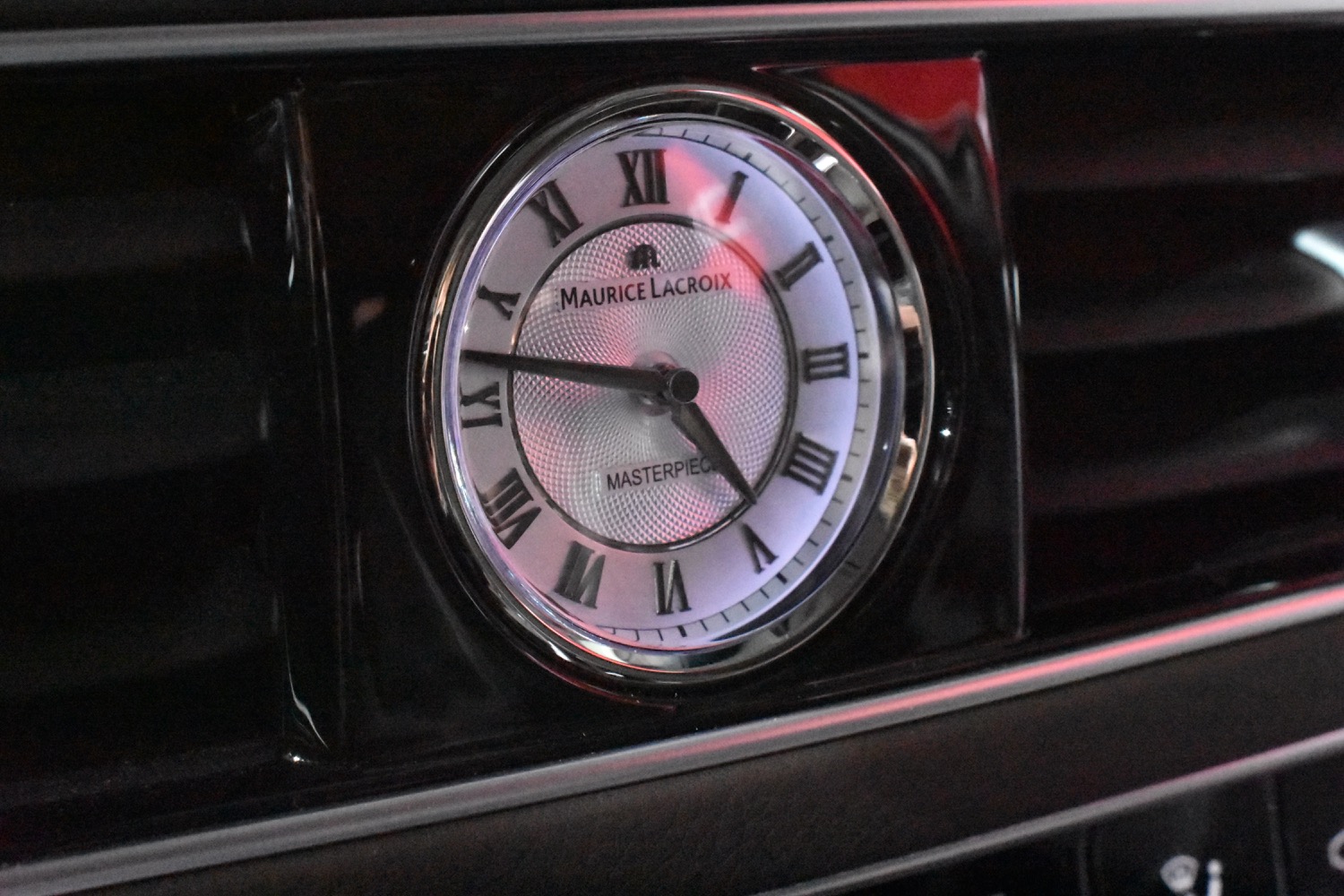It’s hard to believe Kia makes a luxury sedan, but the South Korean automaker best known for more affordable vehicles has been peddling its K900 since the 2015 model year. A redesigned version of this unlikely luxury player debuts at the 2018 New York Auto Show.
The 2019 Kia K900 is still a big sedan that exudes stateliness rather than sportiness. Though the exterior styling is appreciably different from the previous model, it still has the same problem. The K900 looks upscale, but it also looks fairly anonymous. That’s great if you want to blend in with traffic, but some luxury-car buyers may want more style.
But the heart of any luxury car is not the exterior, but the interior. Kia makes a strong effort with plenty of leather and multiple open-pore matte wood trim options. The front seats are heated and ventilated, with 20-way power adjustment for the driver and 12-way power adjustment for the passenger. The rear seats are also available with power adjustment, as well as reclining, and heating and ventilation for the outboard seats.
Interior lighting isn’t something most people pay attention to, but Kia went the extra mile with the K900. It brought in the Pantone Institute to design colors for the mood-lighting system, “each with its own message and meaning inspired by oceans, forests, skies, the aurora borealis, and other aspects of nature,” according to a company press release. On a more practical note, lights for dashboard controls glow brighter when a user’s hand reaches for them.
The K900’s infotainment system includes a 12.3-inch touchscreen, which is awkwardly shoehorned into the dashboard, but at least gets Apple CarPlay and Android Auto compatibility. The driver gets a separate 12.3-inch TFT digital instrument cluster display, and a 9.7-inch head-up display is available as well. The 900-watt, 17-speaker Harman Kardon/Lexicon audio system is the most powerful ever offered in a Kia.
Speaking of power, the 2019 K900 ditches the old model’s naturally aspirated V6 and V8 engines for the 3.3-liter twin-turbocharged V6 from the Stinger GT and Genesis G80 Sport. This engine makes 365 horsepower and 376 pound-feet of torque, and is mated to an eight-speed automatic transmission. Kia claims 0 to 60 mph in under six seconds, and a top speed of 149 mph. Where the old K900 was available with rear-wheel drive, the 2019 model is all-wheel drive only. Lifted from the Stinger, the system can send 80 percent of power to the rear wheels, although we can’t imagine that drifting is high on most K900 buyers’ lists of priorities.
The K900 also features the usual array of driver-assist features, including a surround-view camera system, blind-spot monitoring, lane keep assist, rear cross traffic alert, and adaptive cruise control. Kia also offers a driver attention monitor, and Lane Follow Assist, which adds a degree of automated steering to the adaptive cruise control.
In the image-conscious luxury-car segment, the 2019 Kia K900’s badge remains a liability. Besides snobbery, Kia also risks getting lost in the crowd of more distinctive German, Japanese, and American luxury sedans, not to mention the Genesis G80 and G90 from parent Hyundai’s luxury brand. Kia may be able to undercut its rivals on price, but we won’t find out for sure until closer to the K900’s U.S. launch later this year.
Update: Added 0 to 60 mph time, top speed, and live photos
























